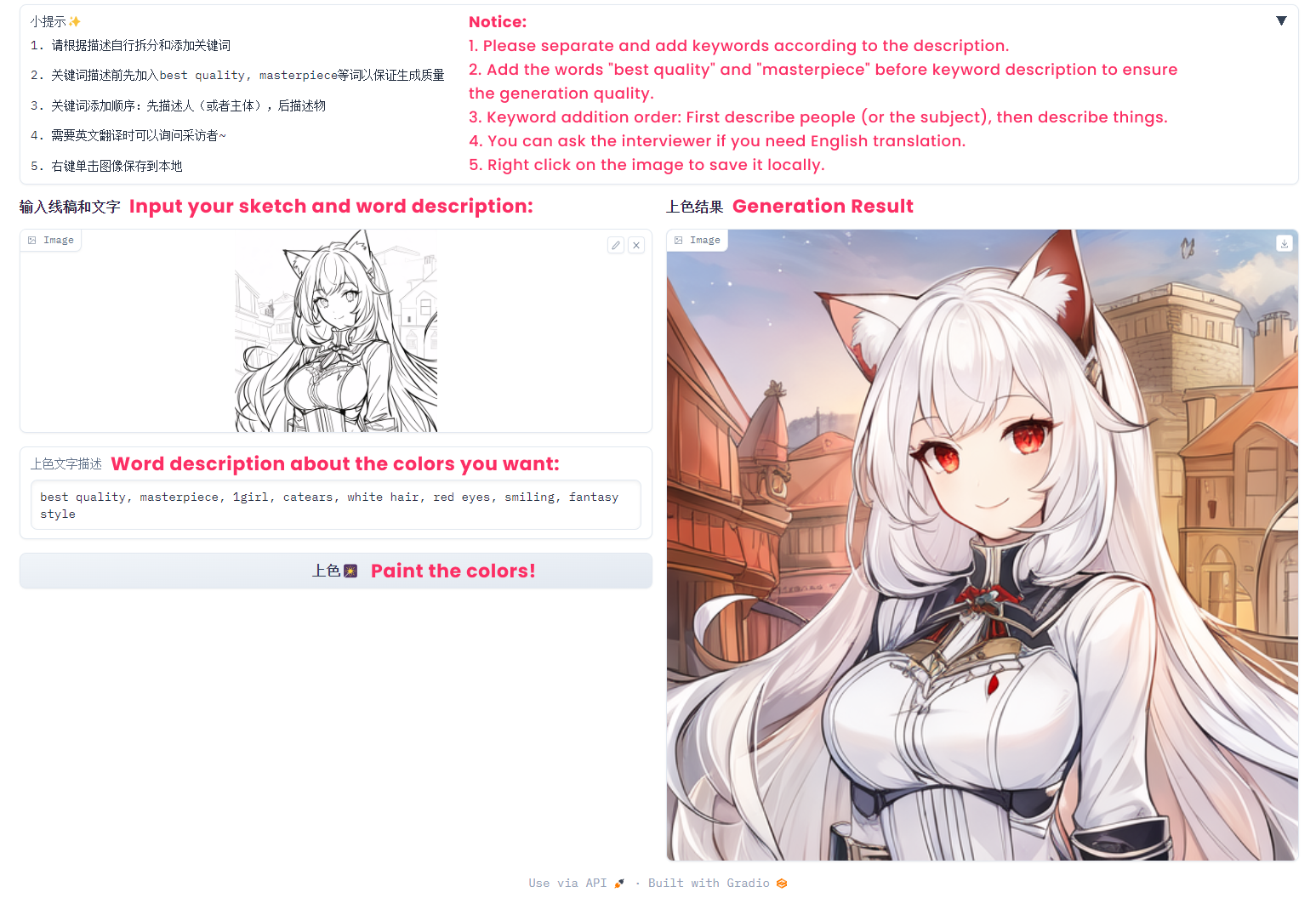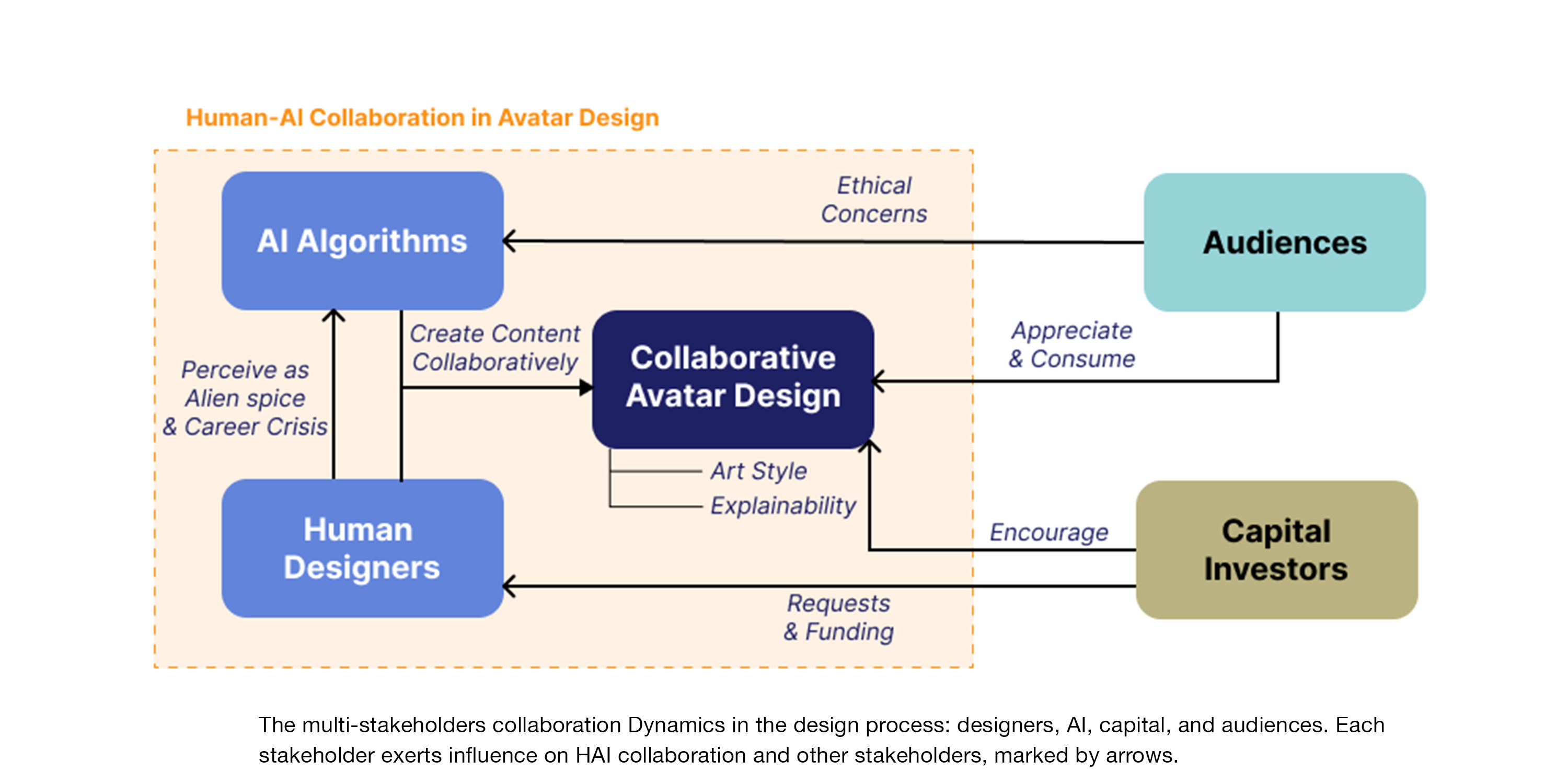Interview Study
In order to have an in-depth comprehension of designers' attitudes and perceptions towards co-creating with generative AI agents
in their workflow, as well as their current practices and potential challenges in collaboration with generative AI systems, we conducted a
qualitative interview-based study. The study involved 21 avatar designers in total who have got different levels of experience and expertise
in utilizing generative AI tools in their professional design workflow.
In our qualitative interview-based study involving 21 professional avatar designers, we aimed to gain an in-depth
understanding of designers' attitudes, perceptions, practices, and challenges related to co-creating with generative
AI agents in their design workflow. To ensure that participants had the necessary background knowledge about popular
generative AI models, we recruited designers with familiarity with Midjourney and Stable Diffusion, two widely-used
generative AI models. While expertise in AI or computation literacy was not mandatory, participants were required to
have a minimum of one year of professional experience in 2D avatar design across various domains, such as online social
platforms, virtual worlds, animation, games, and live streaming.
Participants were recruited from Xiaohongshu, a social media and e-commerce platform, and Mihuashi, a web-based
professional business platform in mainland China. Semi-structured interviews were conducted, addressing designers'
perceptions, practices, and challenges of co-creating with generative AI, especially concerning potential career
concerns and ethical issues. All interviews were conducted remotely and recorded in Mandarin, then transcribed for
analysis.
To facilitate the interviews and involve participants with varying levels of AI co-creative experience, we created
a web-based assistive prototype named "0-Sketch-Paint." This prototype aimed to inspire participants and featured a
two-stage process for collaboration between human designers and AI: the 0-sketch process and the sketch-paint process,
which aligned with existing artistic workflows. The Anything-v3.0 model was used in the prototype, combining stable
diffusion and Low-Rank Adaptation algorithms for sketch generation and ControlNet for colorization. The prototype's
graphical user interface was developed for accessibility.

Data analysis involved open coding, during which thematic categories emerged, including designers' perceptions and practices of working with generative AI. Designers expressed dilemmas in deciding when to use AI based on different stakeholders' interests, and challenges in understanding and adjusting AI outputs. Finally, the researchers' positionality was acknowledged, emphasizing the importance of mitigating biases and exploring how AI can coexist with designers to enhance human-AI interaction in the design domain with multi-stakeholder participation.



